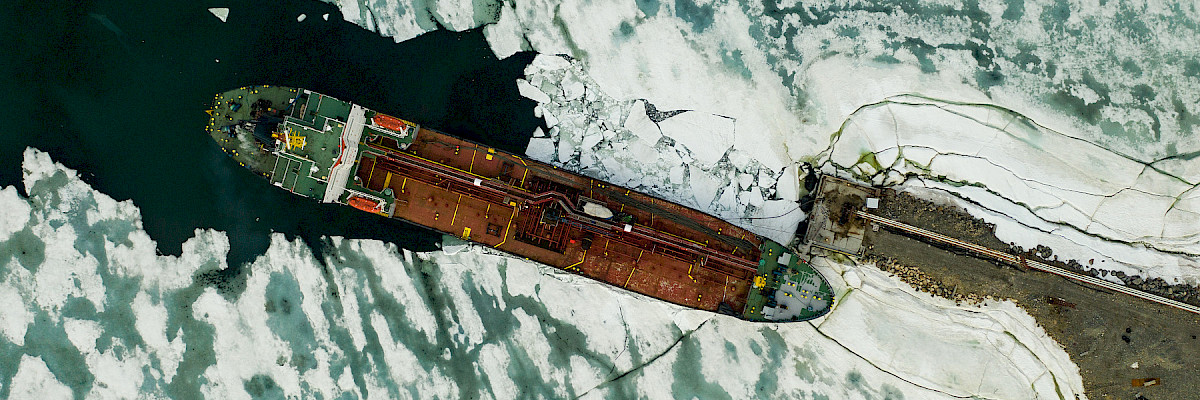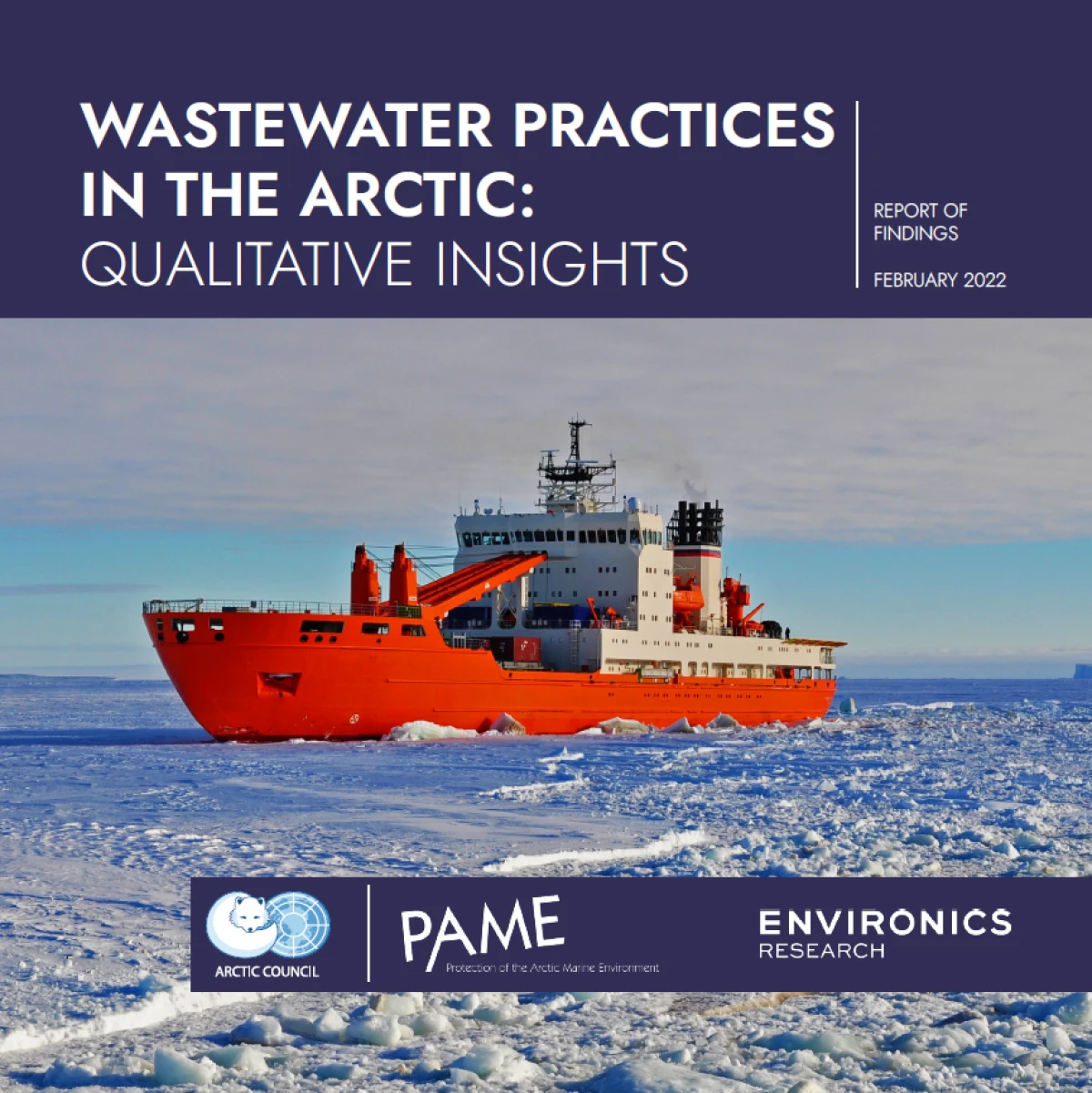
Survey of Select Wastewater Discharges
The impacts from shipping can be severe and the risks real to both marine habitat and Indigenous and community food security in the Arctic. Risks are equally high if essential goods and development do not reach people in the Arctic. The challenge for policy makers is to get the rules right to decrease the impacts and provide opportunity for people in the Arctic. Part of contributing to effective management and regulation of shipping is being on top of emerging social and environmental issues early, to give operators plenty of lead time for adaptive management, which will reduce impacts as soon and as effectively as possible. Wastewater discharge from ships, including grey water, sewage, and exhaust gas cleaning system (scrubber) effluent, is one such issue.
Project Report
With the expectation that Arctic shipping traffic will increase, there is a clear policy challenge in developing rules and regulations for treating, handling, and disposing of operational wastes that account for operational realities as well as the sensitivity of the Arctic marine environment. This project was initiated to understand current practices for select wastewaters (scrubber washwater, greywater, and sewage) in the Arctic.
In-depth interviews averaging 45 minutes were conducted with subject-matter experts representing a total of 12 Arctic operators. A conversation-based approach was selected to enable the interviews to be guided by a standard set of questions, while still giving the moderator flexibility to navigate the conversation to get the full benefit of respondents’ expertise. In addition to providing insights into current practices, operators offered views on potential solutions as well as perceived barriers.
Looking to the future, respondents emphasize that although clear international regulations are necessary for motivating most operators, local regulations should not be overlooked as an important tool for building momentum within the maritime community.
Goal of the Project
The main goal of the project is to develop a better understanding of vessel practices related to wastewater discharges in the Arctic, through a survey directed at shipping operators and associations.
The findings will inform potential future dialogue within the Arctic Council as well as ongoing discussions at the IMO.
Definitions and Potential Impacts
Grey water
Considered drainage from accommodation (e.g. shower, bath), laundry and dishwater and is distinct from drainage from toilets, urinals, hospitals, and cargo spaces. Grey water can contain a variety of environmentally harmful pollutants and contaminants, including microplastics, nutrients, oil and grease, detergent and soap residue, harmful cleaning products, pharmaceutical and personal care products, heavy metals (e.g., copper, lead, mercury), coliform bacteria and pathogens.
Sewage
Also known as blackwater, is the general term for drainage and other wastes from toilets and urinals, medical premises, and spaces containing living animals. Sewage discharge can contain pharmaceutical and personal care products, as well as introduce invasive species and produce fecal-contaminated waters, which pose health risks to people who eat fish and other seafood from these areas. The environmental impacts of sewage discharge can be amplified in areas with low temperature and light conditions. For example, sewage discharge in the Arctic has a slow decomposition rate.
Exhaust Gas Cleaning Systems
Also known as scrubbers, are designed to remove sulfur oxides from exhaust gases from fuel burned in marine engines. The process generates scrubber liquid effluent that has low pH and contains heavy metals and polycyclic aromatic hydrocarbons (PAHs) that pose a risk to the marine environment. Coastal communities that rely on healthy marine species for food and livelihood may also be impacted.
Lead Working Groups
PAMELead Arctic States & Permanent Participants
IcelandEngaged observers
Circumpolar Conservation Union (CCU)World Wide Fund for Nature, Arctic Programme (WWF)
 Arctic Council Working Group
Arctic Council Working Group 